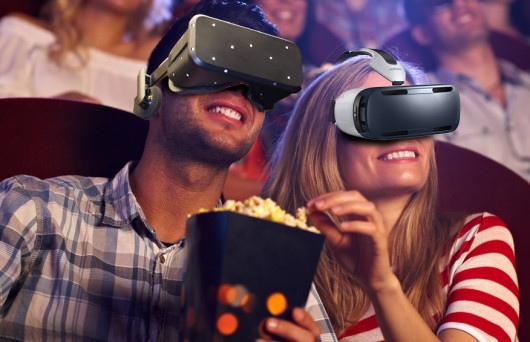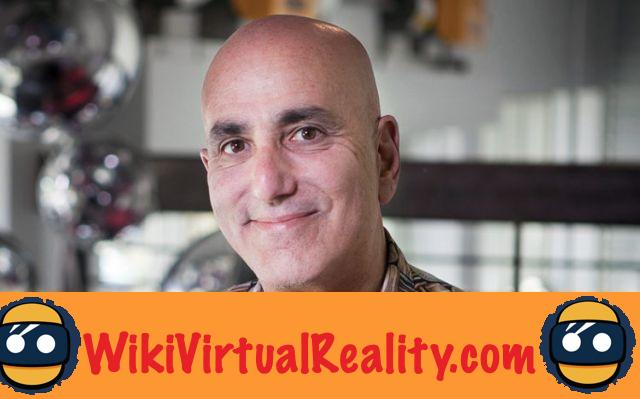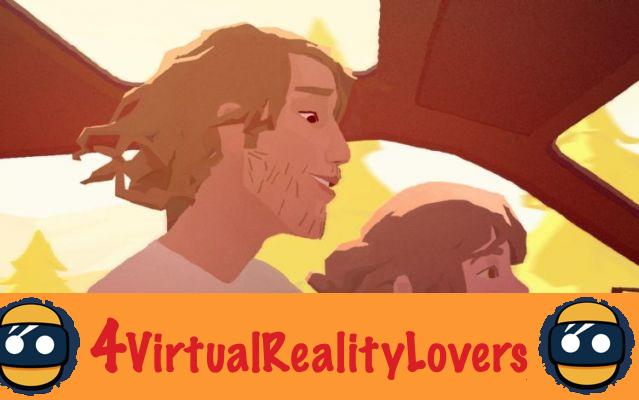
Summary
- 4 tips from Noah Falstein for VR cinema
- Direct the viewer's attention
- Create a bond with the viewer
- Avoid causing nausea
- Arouse the emotion of the viewer
As part of the Virtual Reality Developers Conference (VRDC) in San Francisco, Noah Falstein gives some tips for shooting well in virtual reality. If you want to get started in VR cinema, here are some tips that you may find useful.
Creating virtual reality games and movies is a difficult art. It is necessary to create coherent narratives, through a relatively new medium, while avoiding the technical problems that may annoy the viewer.
Coders and designers looking to get into VR cinema need to understand these nuances that differentiate virtual reality from traditional television or cinema. As part of the VRDC, Google Chief Game Designer Noah Falstein offers some tips to overcome these difficulties.
4 tips from Noah Falstein for VR cinema

Before joining the Mountain View firm, Falstein has led the development of several major games for LucasArts, the video game studio of Lucasfilm, producer of Star Wars and Indiana Jones. Suffice to say that the advice of the character is good to take.
First, Falstein proposes to compare the era of VR cinema with the beginning of the film industry and that of the video game in the 80s. Like those of the time, VR developers, designers, and screenwriters explore uncharted territory and must experiment with new forms of storytelling and coding.
Direct the viewer's attention

Take for example a scene in which a woman screams at the window of a burning house. The image quickly switches to another scene in which firefighters receive a distressed call at the fire station, then the camera returns directly to this terrified woman. At the beginning of cinema, some directors feared that such rapid succession of scenes would confuse viewers. However, everyone got used to such staging eventually.
In virtual reality, content creators face the risk of viewers looking away within the virtual environment, and not paying attention to the main elements of the action. To avoid this inconvenience, Falstein recommends offering viewers clues so that they understand where to look. It is possible to use light and sound to direct the viewer's attention.
Create a bond with the viewer

Another problem facing the creators of VR cinema is the reaction of viewers to the characters they are observing. The creators of the Emmy-award winning short Henry had to remedy this concern.
As a reminder, this short film features a small hedgehog staring at the viewer. However, at the start of development, the public felt insulted by this fictional character. The little animal tended to ignore the spectators, who felt rejected. It's in offering people to preview the film during development that the Oculus Studio was able to realize the problem, and remedy it by forcing Henry to fix his audience.

Another problem facing VR movie makers is related to nausea caused by latency. Concretely, when viewers turn their heads in virtual reality, there may be a brief delay as the software attempts to keep the appropriate images in their field of view. This delay can confuse users, as their perception no longer matches their body movements. This is called motion sickness.
To avoid this inconvenience, Falstein suggests two tips. In the real world, if an object like a baseball is thrown in your direction, it will appear bigger and bigger the closer it gets. In one poorly designed virtual world, its size will not change, creating a feeling of nausea and confusion for the viewer.
- designers must take into account that viewers have two eyes, and that each should see the object from their own slightly different perspective. In the case of a virtual baseball, designers must ensure that the
Similarly, VR developers should ensure that the background of a scene, such as a mountain, does not change appearance as frequently as objects in the foreground. There is a need to mimic the way humans perceive depth in the real world.
Arouse the emotion of the viewer

Finally, in a successful virtual reality world, viewers must experience a deep emotional experience. As an example, Falstein cites the film This short film places the viewer in the shoes of a passenger in a car, witnessing the interaction between a father at the wheel and his daughter, sitting in the back.
In two dimensions, this little film is moving. However, in virtual reality it is more intense. A feeling of closeness is created with the characters. Noah Falstein admits to having cried in front of this scene. It is this immense capacity of virtual reality to move the spectator that VR cinema directors must exploit.


























